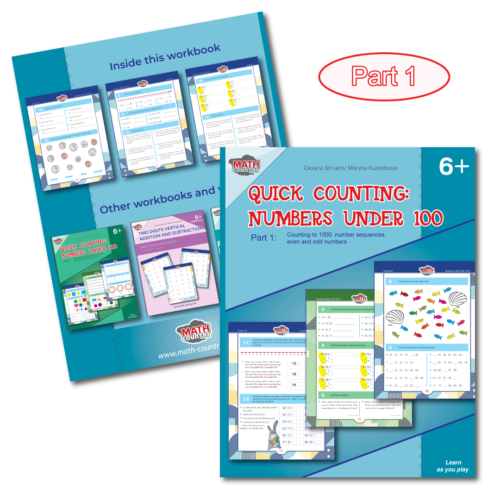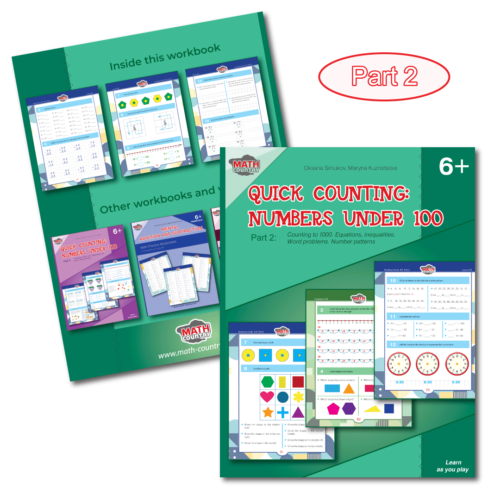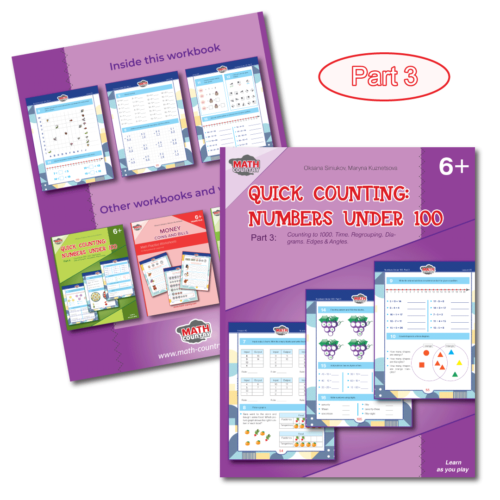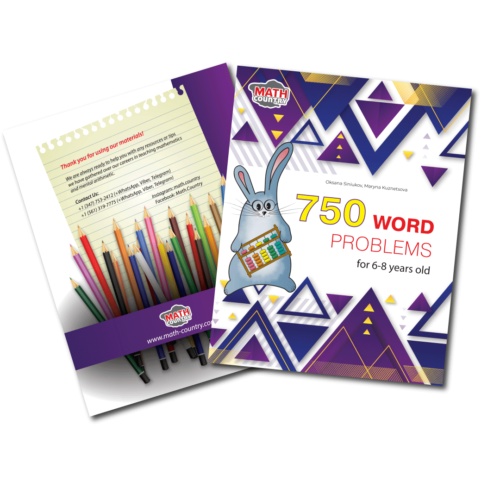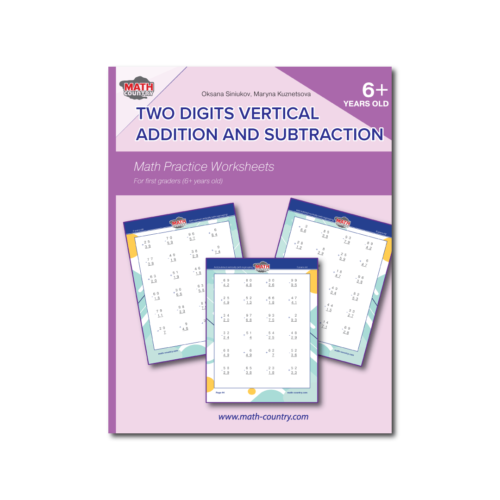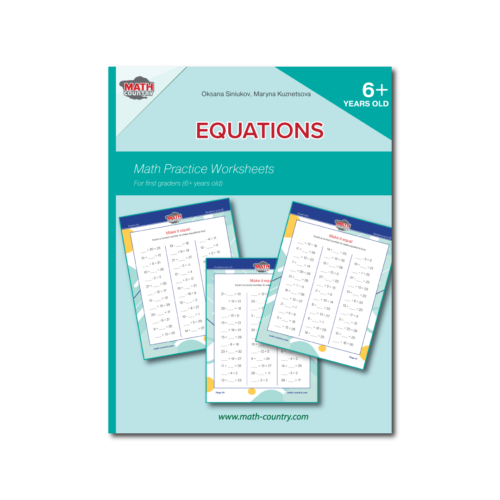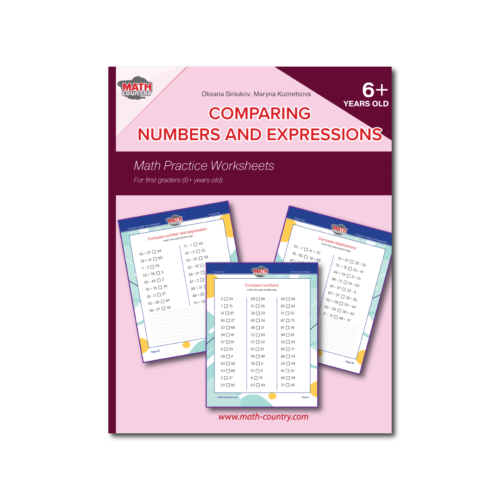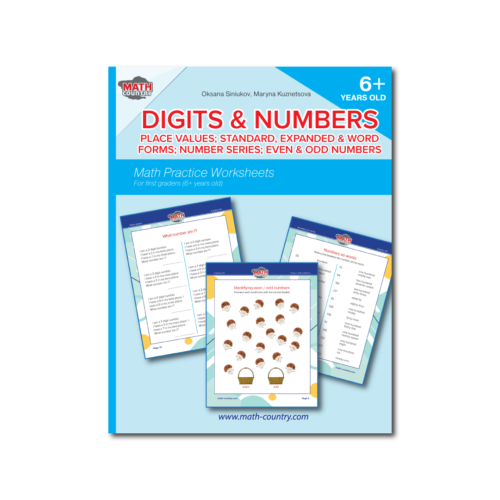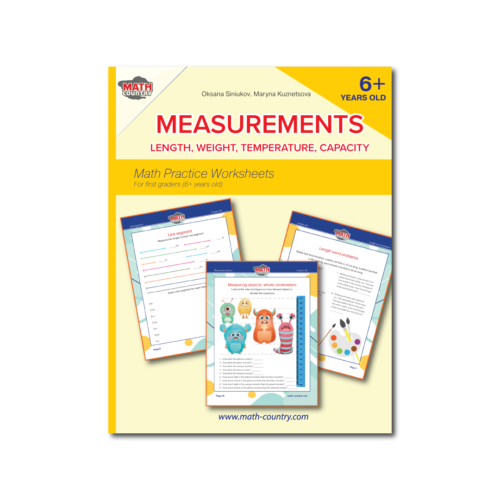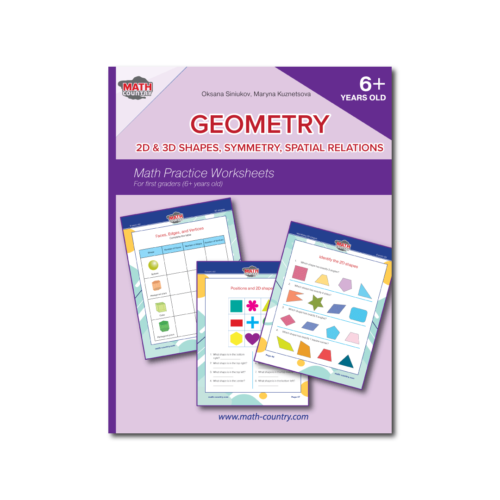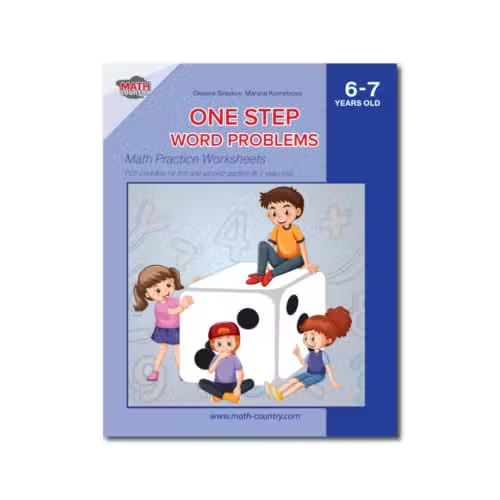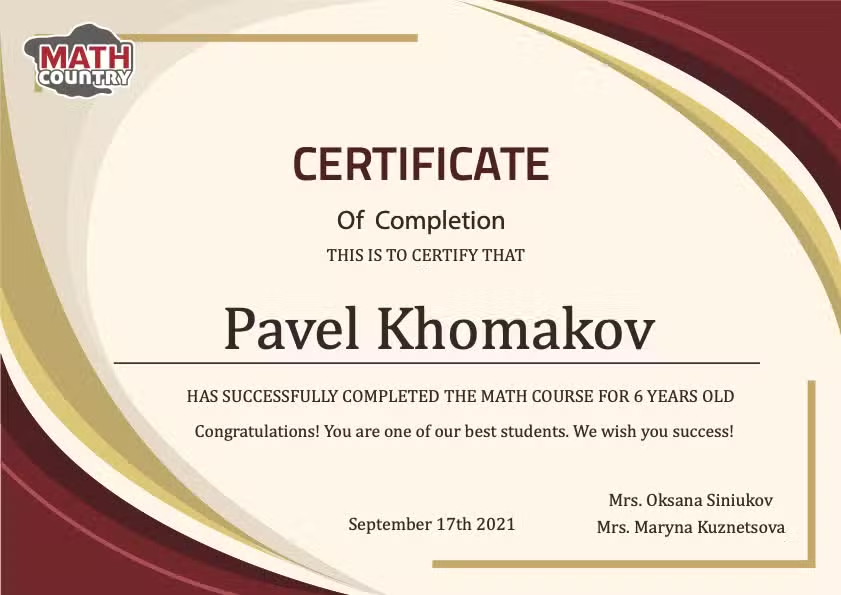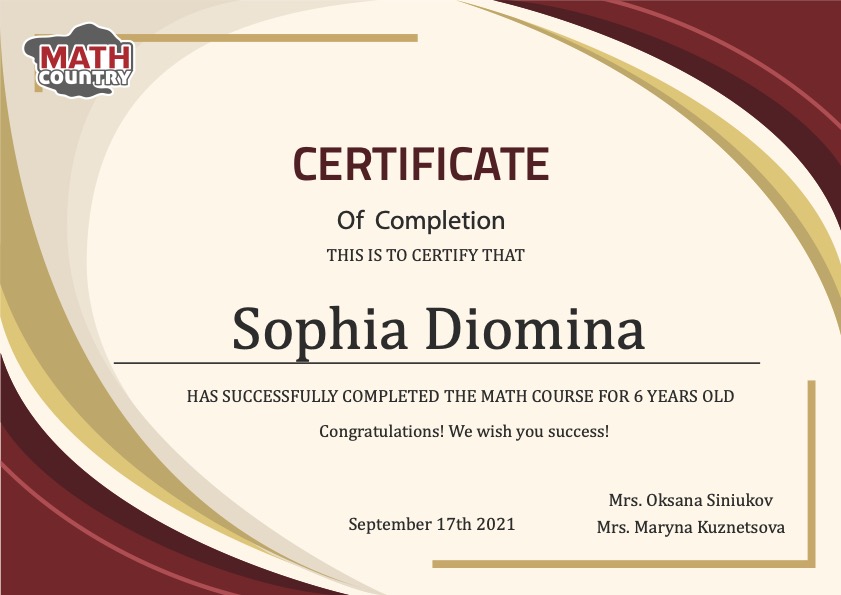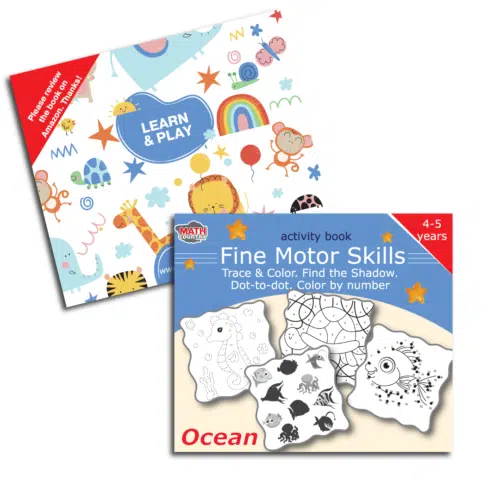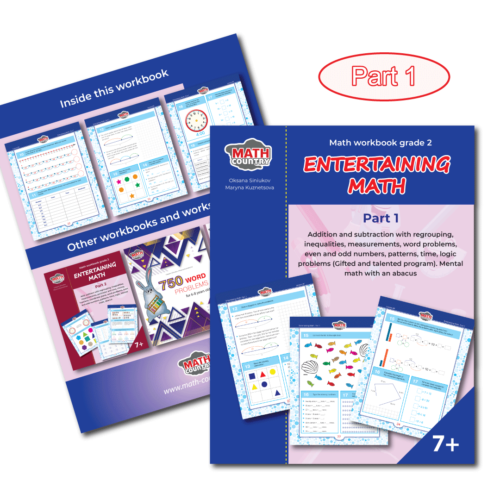Topic-related math worksheets for Grade 1 (age 6+)
These topic targeted worksheets are extremely helpful in addition to the main series “Quick Counting”.
You can use them together with any part of the “Quick Counting” series or separately to improve the child’s skills in the chosen topic.
Also, these targeted worksheets are helpful for repeating and consolidating acquired skills after the child finishes the main book series and prepare them for the smooth transition to the next level.

With our notebooks “Quick Counting: Numbers Under 100” you can effectively and efficiently teach your children to add and subtract.
Math Country
Quick counting (6+ y.o.)
The importance of mathematics in the life of every person is difficult to overestimate, and that is why mathematics goes through the entire school course, from preschool to high school.
Mathematics, as an academic subject, contains all the necessary prerequisites for the development of children’s cognitive abilities, forms and improves such forms of thinking as comparison, analysis, and synthesis, develops the ability to generalize and specify, creates conditions for correction of memory, attention and other important mental functions.
All these skills do not appear by themselves, you have to introduce these skills to children and make sure they have enough practice. To help you with that we created Math Country workbooks.
At the age of 6 children are actively developing their physical and cognitive abilities and practicing social behavior while communicating with their peers. The game remains the main tool of understanding the surrounding world, although its forms and content are changing. That is why we want to introduce you to our series of workbooks “Quick counting”, which we created considering the psychological characteristics of children of this age.
Math Workbooks for 1st graders (age 6+)
This set of workbooks is excellent instructional material for 1st-grade math lesson plans. We have already organized all the problems and exercises into lessons with the following homework.
Classical series of workbooks in five parts.
Overall, the “Quick Counting” workbooks provide an excellent resource for educators and parents who want to guide children through a structured and proven math curriculum step-by-step.
For educators and parents who prefer a more traditional approach to teaching math, the “Quick Counting” workbooks offer a comprehensive curriculum designed specifically for 6-year-olds. The series covers all essential counting topics at this age level, with each workbook divided into individual lessons accompanied by corresponding homework assignments.
The workbooks are structured to gradually increase in difficulty, starting with the most basic concepts and building upon them as the child progresses. This approach allows children to develop their counting skills incrementally without feeling overwhelmed or frustrated by overly complex material.
At the age of 6, children are already familiar with the concept of “Money”, types of coins and their denomination. In our workbooks we pay special attention to performing arithmetic operations with money and solving money related problems. Using our workbooks children can easily perform various operations with money (addition, subtraction), and compare amounts of money represented by various combinations of bills and coins.
